SAI Storage Systems specializes in manufacturing long-span heavy-duty racks designed specifically for warehouse storage solutions. Here are key features and aspects typically associated with their long-span heavy-duty racks:
Design and Construction:
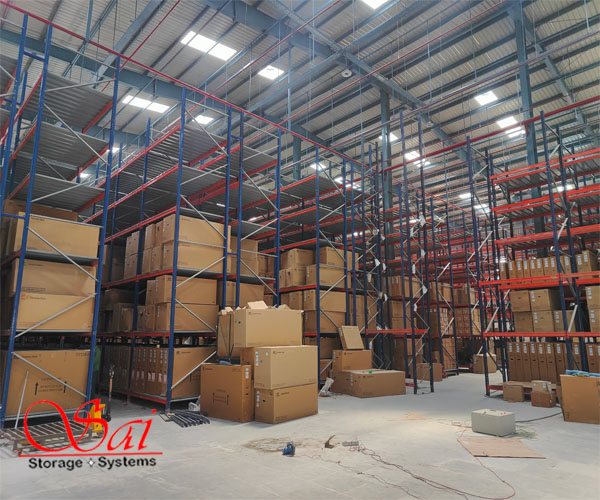
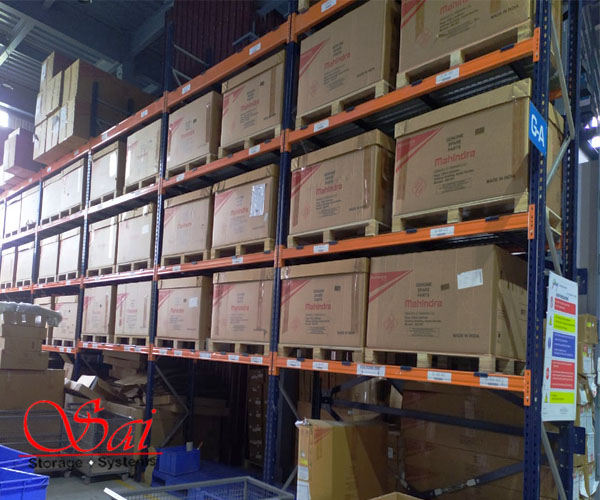
Manufacturing heavy-duty pallet racks involves several key steps and considerations to ensure they meet industrial standards for strength, durability, and safety. Here’s a general overview of the manufacturing process:
At Sai Storage Systems, we understand the unique storage needs of the automobile industry. Our heavy-duty racks are meticulously designed and manufactured to meet the demands of storing various automotive components, spare parts, and equipment. Here’s how we ensure top-quality heavy-duty racks for this industry:
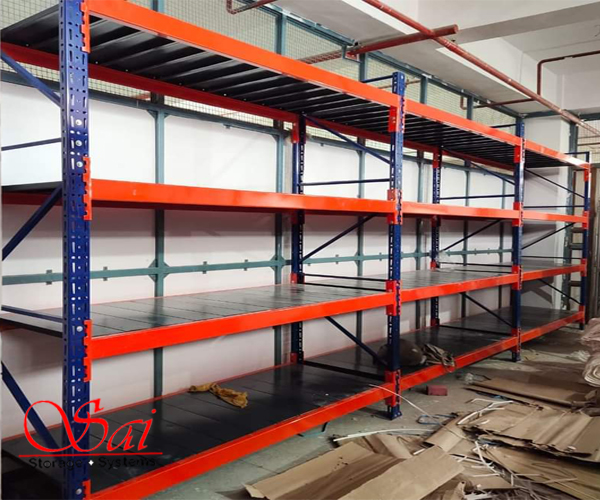

Manufacturing metal shelving racks at SAI Storage Systems involves a systematic process to ensure the racks are durable, functional, and meet the specific requirements of industrial and commercial storage needs.
At Sai Storage Systems, we specialize in designing and manufacturing efficient storage solutions tailored to the unique needs of the automobile industry. Our two-tier racks are meticulously crafted to optimize space utilization, enhance accessibility, and ensure the safe storage of automotive components. Here’s how we manufacture these racks:
Invest in Sai Storage Systems’ Two-Tier Racks to enhance your automotive storage capabilities, improve workflow efficiency, and maintain a well-organized facility.
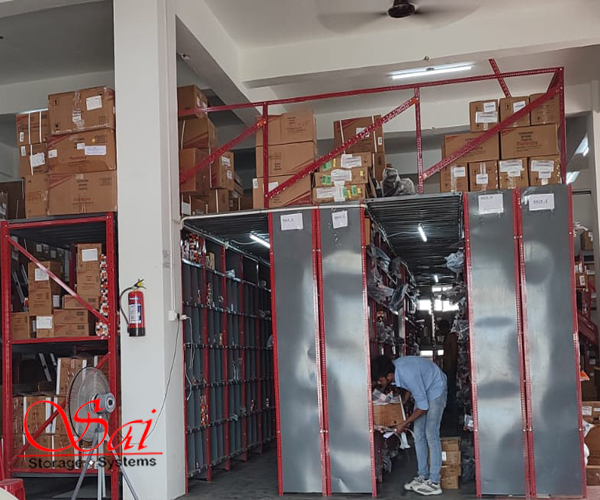
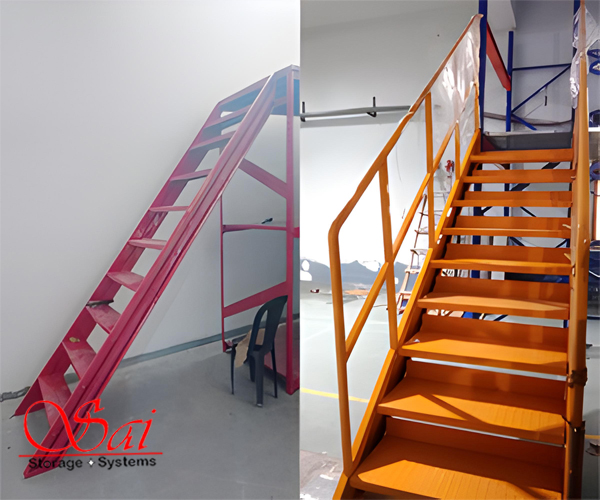
Manufacturing staircases for heavy-duty racks involves designing and constructing stair systems that provide safe and convenient access to elevated levels of storage within warehouse environments.
Determine the specific requirements such as load capacity, dimensions (width, height, depth), and location within the warehouse where the staircase will be installed.
On-Site Assembly:
Safety Features:
Cable trays play a crucial role in warehouse environments by providing a safe and organized system for managing electrical, data, and communication cables. Here are several key uses of cable trays in warehouses:
Cable Management and Organization:
Accessibility and Maintenance:
Overall, cable trays in warehouses serve to enhance safety, streamline operations, and maintain the integrity and efficiency of electrical and communication systems. Their use ensures that cables are organized, protected, and easily accessible, contributing to the overall productivity and reliability of warehouse operations.
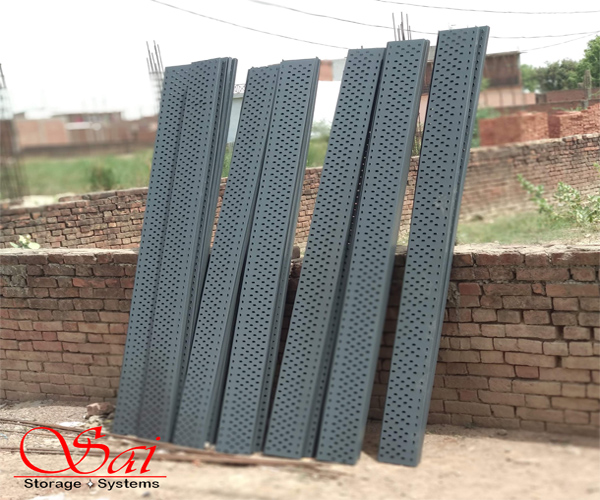
Crafted with high-quality materials and cutting-edge design, our supermarket display racks offer unparalleled durability and adaptability. From refrigerated units to end cap displays, we have the perfect system to showcase your products in the most compelling way.
